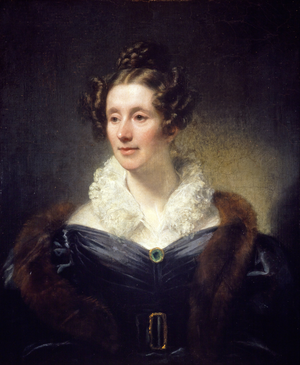

Her scientific career began in earnest in the summer of 1825, when she carried out a series of experiments on magnetism, presenting a paper on her findings the following year to the Royal Society. She remarried in 1812 to William Somerville, a surgeon in the British Navy who was very supportive of her intellectual endeavors. Ferguson's Astronomy and also studied Newton's Principia, gradually building up a small library of works to provide her with a sound background in mathematics.
MARY SOMERVILLE FREE
Now financially independent, she was free to study as she pleased.

She quickly bore him two children, but he died three years into the marriage, leaving her with a comfortable inheritance. Marriage intervened in 1804, when, at 24, she married her second cousin, Samuel Grieg, a member of the Russian Navy with little interest in math and science and a low opinion of intellectual women in general. Intrigued, she persuaded her brother's tutor to purchase someelementary literature on the subject for her. She studied her first arithmetic at age 13, and discovered algebra quite by accident when she happened upon some mysterious symbols in the puzzles of a women's fashion magazine and learned they were algebraic expressions. But it was there she acquired a taste for reading. Her formal education was scant and rather haphazard, with only one year of full-time schooling at a boarding school for girls, where she was miserable. Her perseverance in pursuing scientific endeavors caused her to be publicly denounced in York Cathedral, but in the end her work earned her distinction among her colleagues.īorn on December 26, 1780, in Jedburgh, Scotland, Somerville was the daughter of a vice admiral in the British Navy. Her achievements are all the more remarkable given her lack of formal education and the context of the repressive society in which she lived, where it was unthinkable for young women to purchase books, especially on math or science. Among the most prominent was Mary Fairfax Somerville, a twice-married Scotswoman whose international reputation as a scientist was gained in the intervals of raising a family of six children. Distinguished women in science were few prior to the dawn of the 20th century.


 0 kommentar(er)
0 kommentar(er)
